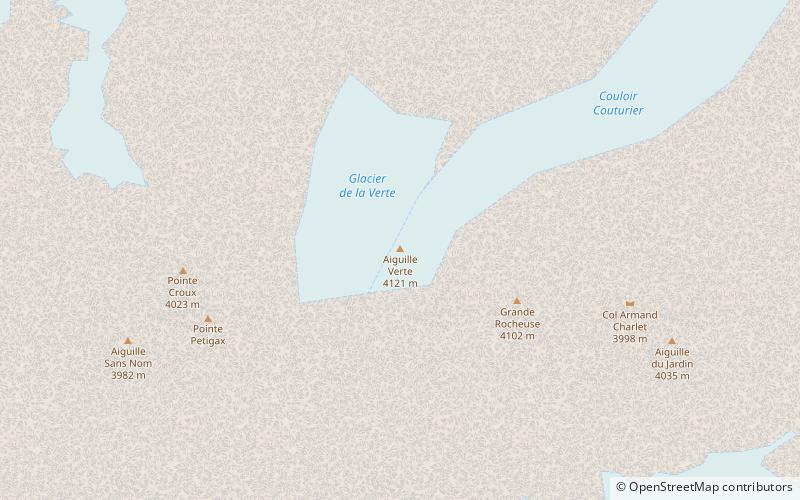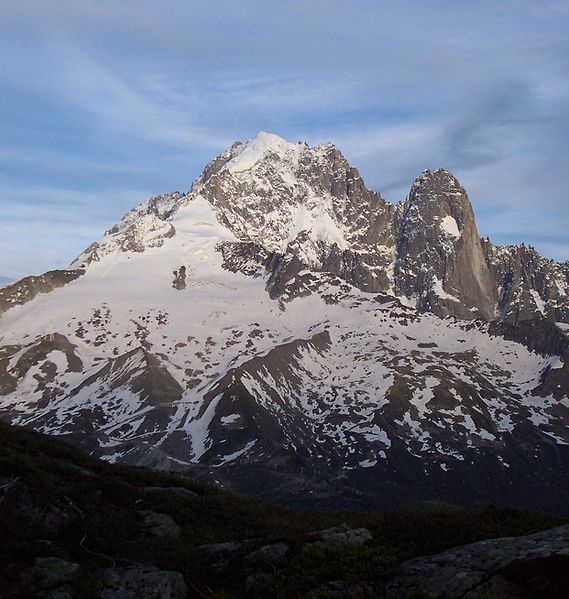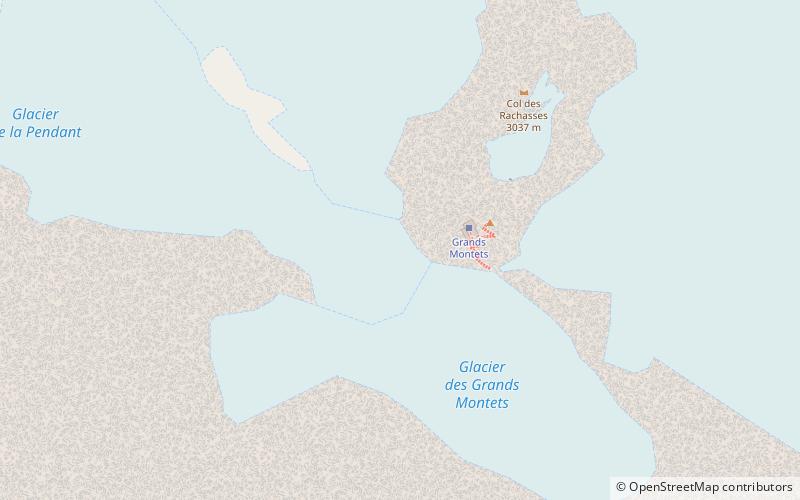Aiguille Verte


Facts and practical information
The Aiguille Verte, a majestic peak in the French Alps, stands as a testament to the raw beauty and formidable challenge of mountain terrain. At an elevation of 4,122 meters, it is one of the taller peaks in the Mont Blanc massif, renowned for its striking appearance and the technical difficulty it presents to climbers.
First ascended in 1865 by the pioneering alpinist Edward Whymper, the Aiguille Verte has since become a symbol of high-altitude mountaineering excellence. Its name, translating to "Green Needle" in English, belies the icy and rock-strewn faces that confront adventurers seeking to reach its summit.
Climbers typically approach the Aiguille Verte using one of several routes, each with its own challenges and scenic rewards. The most famous of these is the Whymper Couloir, a steep and narrow gully that requires a high level of skill and experience to navigate safely. Other routes, like the Couturier Couloir and the Grands Montets Ridge, offer equally demanding ascents.
Due to its technical difficulty, the Aiguille Verte is less frequented than some of the other peaks in the Alps, making it a prized summit for serious mountaineers. The mountain's austere beauty and the panoramic views from its peak provide climbers with an unforgettable experience, assuming they are prepared for the rigorous climb and the variable alpine weather conditions.
Auvergne-Rhône-Alpes
Aiguille Verte – popular in the area (distance from the attraction)
Nearby attractions include: Aiguille du Dru, Les Droites, Aiguille du Jardin, Grande Rocheuse.






